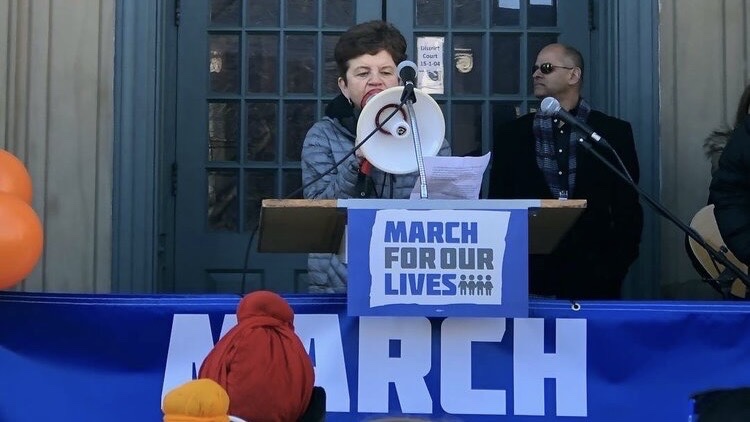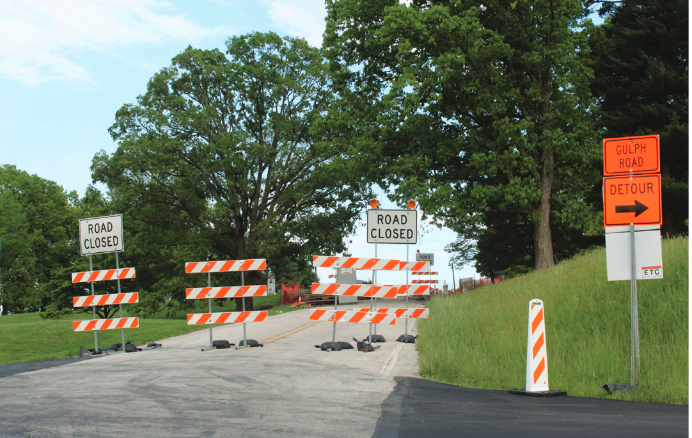By Howard Kim, Staff Reporter
During her time as a teacher at Conestoga, Deb Ciamacca always taught her students that “democracy is not a spectator sport.” Now, the threat of redistricting is forcing her onto the sidelines. Since retiring from Conestoga in 2019 and losing the race for a seat in the Pennsylvania House of Representatives in 2020, Ciamacca has been campaigning for another shot this November. However, because of Pennsylvania’s decennial redistricting, those dreams may be over.
The Constitution of Pennsylvania requires that state representatives be 21 years of age, a resident of Pennsylvania for four years and an inhabitant of their district for a full year leading up to their election. These criteria were not an issue for Ciamacca until the current Preliminary House Reapportionment Map proposed to move Media, her borough of residence, from its current 168th district to the 165th district. If this map is approved in mid-February, the former teacher will have not been a resident of her new district for a year, making her ineligible for candidacy this fall.
“I was very upset (when I heard my district would change) because all the things that I cared about (and) wanted to fight for looked like they were dissipating and I wasn’t going to have an opportunity to run for the position,” Ciamacca said.
Created by Pennsylvania’s Constitution, the Legislative Reapportionment Commission assembles every year after each United States Census, to adjust the districts’ borders based on the change in populations. Throughout the last eight months, the Commission created and proposed new district lines for the State House and Senate, considering census data from both federal and state governments as well as input from citizens. During the first two weeks of January, the Commission organized four days of public hearings to gather feedback from Pennsylvania citizens. After receiving public comment, they began the following 30-day revision period which entails reviewing and making adjustments to the maps for final approval by the committee.
“There were 11 public hearings (during the plan’s creation) with expert testifiers. Everything that people shared, whether it was submitted (online) or whether they actually came up to testify, was provided and considered throughout the process,” said Rep. Joanna McClinton, Pennsylvania House Minority Leader.
While her fate is still undecided, Ciamacca could see her situation go one of three ways. If the Reapportionment Commission’s final map does not change Media’s district, she will be unable to run for state representative this year. If the committee reverses the change proposed for Media, Ciamacca will appear on the ballot this fall. However, it is most likely that lawsuits filed by the Republican Party regarding the maps will not reach a conclusion by November. This would mean that the elections would be conducted on the previous maps, allowing Ciamacca a chance to be voted to the House.
No matter the end result, Ciamacca believes that this experience has made her a stronger proponent for transparency throughout the reapportionment process.
“Most people are just busy working, raising their kids, mowing their lawn and doing all the regular things of life. I would say about 10% of people really understand what reapportionment and redistricting are all about,” Ciamacca said. “If we want our democracy to survive another 200 years, we’ve got to simplify the process and make it more transparent, so more people become involved instead of standing by and letting someone else draw the lines.”
Howard Kim can be reached at [email protected].



























































































